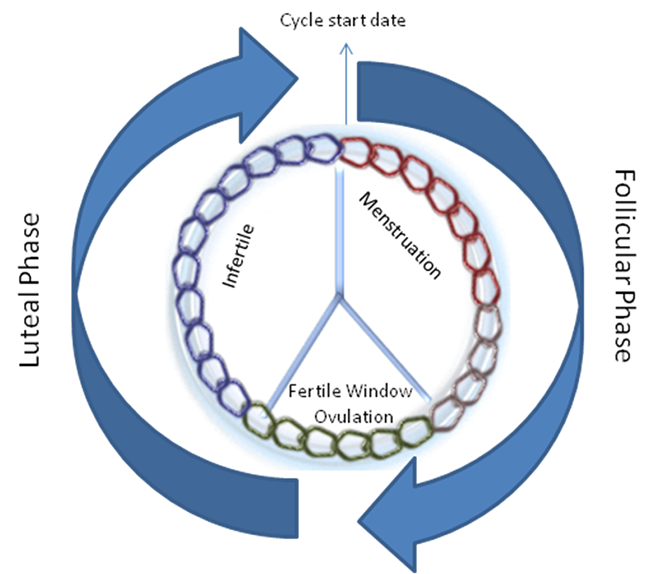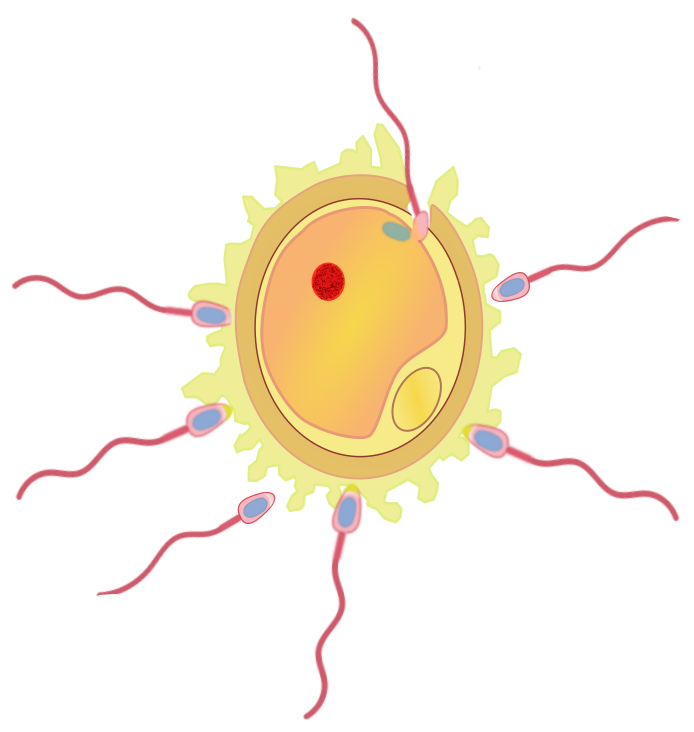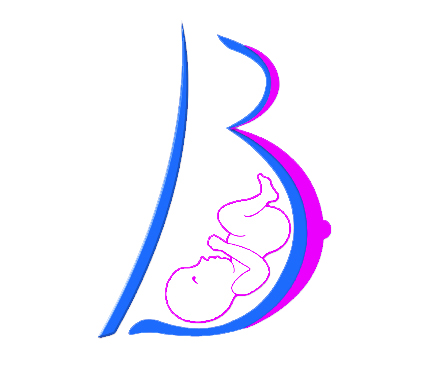Patient Information
Patient info
The reasons for infertility could be many and complex and the treatment options also equally complex and varied. The first and foremost step is identification for the cause of infertility. Once we know the cause then different procedures or the combinations therefore can be applied to accomplish the dream of welcoming the bundle of joy into your life.
In this segment, we have provided information on the female and male reproductive cycle, the fertile window, how IVF is done and requisites for getting pregnant and the possible treatment options for the couple.
NOTE:
The information contained herein does not in any form replace the Consultation. It is only an effort to give you comprehensive information.
Before we really get into infertility, the causes and treatment options it is important to understand reproductive system and how it works.
Female reproductive System:
Female reproductive system is highly complex and handles diverse processes. It includes production of egg, also called as the Ovum or Oocyte, which occurs in the ovaries, transportation of the Oocyte to the site of fertilization, namely the fallopian tubes, conception, fertilization of the egg/oocyte by the sperm from the male, which normally happens in the fallopian tubes, transportation of the embryo resulting from the fertilization to the uterus, followed by the implanting of the embryo into the wall of the uterus which is the initial stage of pregnancy. If the fertilization or the implantation fail then the shedding of uterine lining occurs which is called as menstruation, the above mentioned phases are carefully orchestrated by number of reproductive hormones which are secreted by the female reproductive system.

Most of the male reproductive system is located outside of the body unlike the female reproductive system. The male reproductive system is involved in the production of the sperm cells at the testis, moving them along into seminal vesicles, which produced a liquid that contains protein and mucus, which protect the sperms from the acidic environment in the vagina of the female reproductive system, along with fructose, which nourishes the sperm cells. This liquid along with sperms moves on further into urethra entering prostrate which produces large portion of the fluid that makes up semen. This fluid contains enzymes and proteins that project the sperm during ejaculation. The sperms along with these fluids reaches penis, which delivers the sperm into the vagina during sexual intercourse. Along with producing sperms, male reproductive system is also responsible for production and secretion of male sex hormones.

The fertile window varies from person to person. It is duration in women’s cycle where the chances of conception are at the highest. It lasts 6 days ending on the ovulation day. Considering sperms live (about 5days) and ovum/ egg lives (24 hours), if a woman has sex 5 days before ovulation the chances of conception are low, similarly 12-24hrs after ovulation the chances of conception decline. The best chance for getting pregnant is 2 days before ovulation and the day of the ovulation

Conception is the first step of pregnancy. Conception is the process when the egg and the sperm fuse to form a zygote that develops into an embryo. This in a normal cycle occurs in the fallopian tube.

This is the earliest stage of pregnancy where the blastocyst (embryo) adheres to the endometrium of the woman. It is by this adhesion that the embryo from the mother receives nutrients and air, to help in its growth. Implantation occurs about 9days after ovulation upon successful fertilization of the egg.










